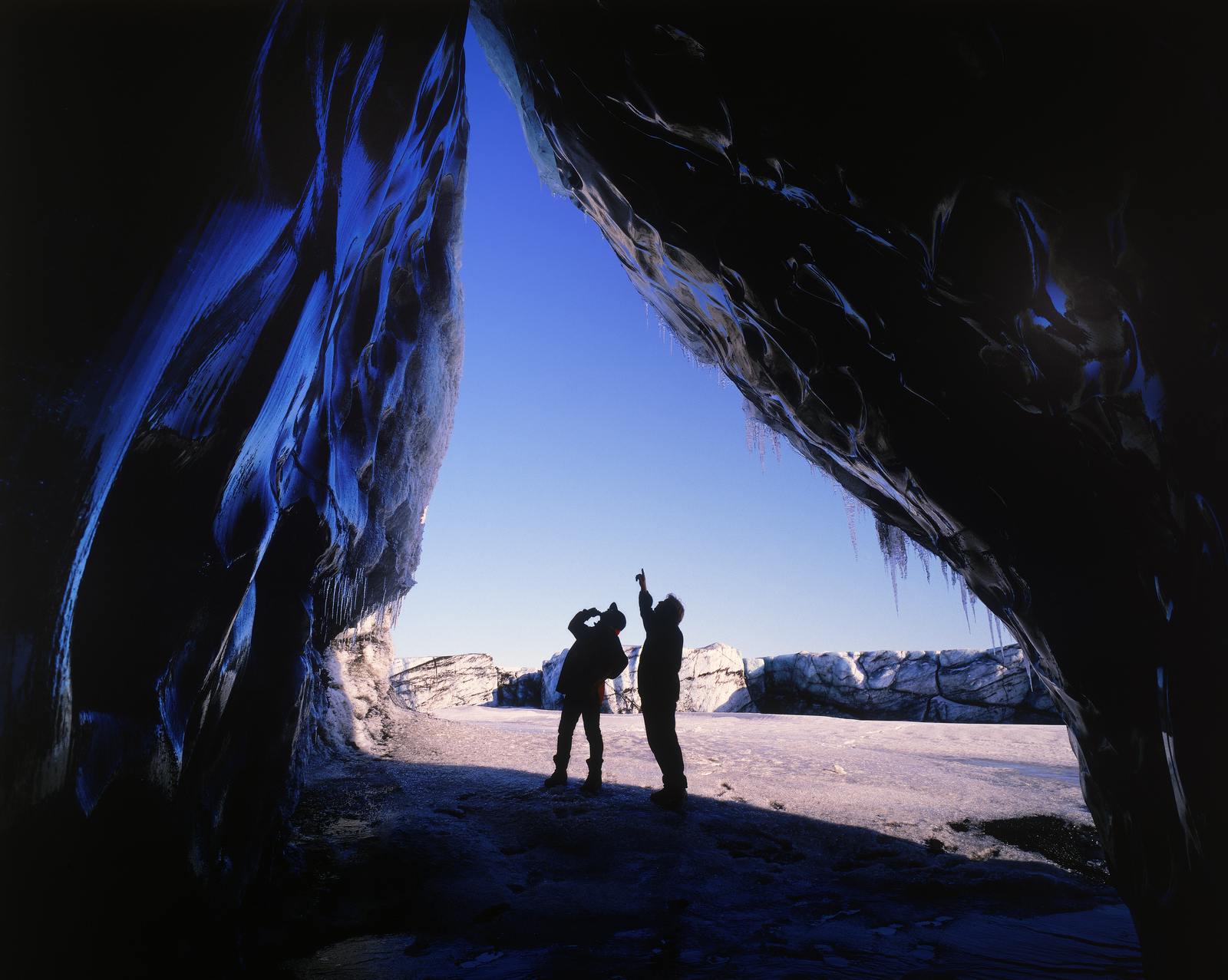
Glaciers in Iceland – Everything You Need To Know
Famous for its massive glaciers, around 11% of Iceland’s surface is covered by ice and thus, aptly named.
The country is also home to the largest glacier in Europe, the magnificent Vatnajökull. The glacier covers an area of roughly 8.000 square kilometres and measures a kilometre thick in places.
In Vatnajökull around 30 outlet glaciers extend from the main body of ice like knobbly white fingers.
Some of Iceland’s most iconic visitor experiences centre around glaciers, such as Zodiac boat tours on Jökulsárlón Glacier Lagoon or riding snowmobiles on Langjökull Glacier.
If you are considering visiting The Land of Ice and Fire, brushing up on your knowledge of glaciers might be a good idea. On that note, here is a brief guide which covers everything you need to know.
What are glaciers?
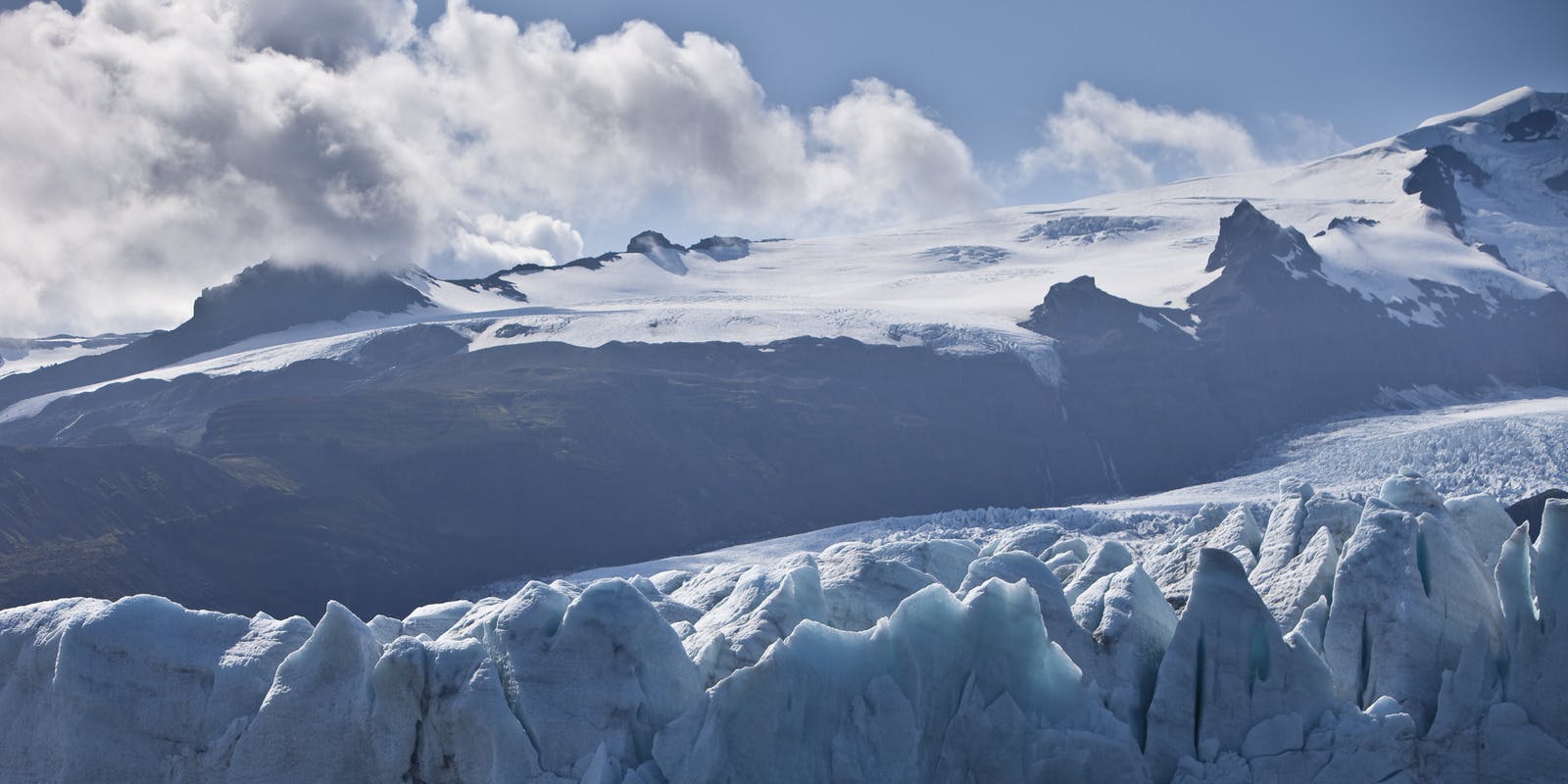
At the top of a glacier, you’ll find what’s known as the zone of accumulation. This is where the rate of snowfall is greater than anything that’s being lost through melting. The snow accumulation is higher than the snow melting.
As the snow builds up, it’s compressed under its own weight and turns into a substance called firn, a kind of granular snow. Eventually, that firn turns into ice as the process continues.
At the bottom of the glacier, the temperature is naturally warmer because of the lower altitude. This area is called the zone of ablation, where the ice melts and causes the glacier to recede in the summer.
Another cause of melting is when the ice comes into contact with water, particularly seawater, as it contains salt. If this is the case, icebergs will calve off the glacier and form a lagoon, such as Jökulsárlón Glacier Lagoon.
How and why do glaciers move?
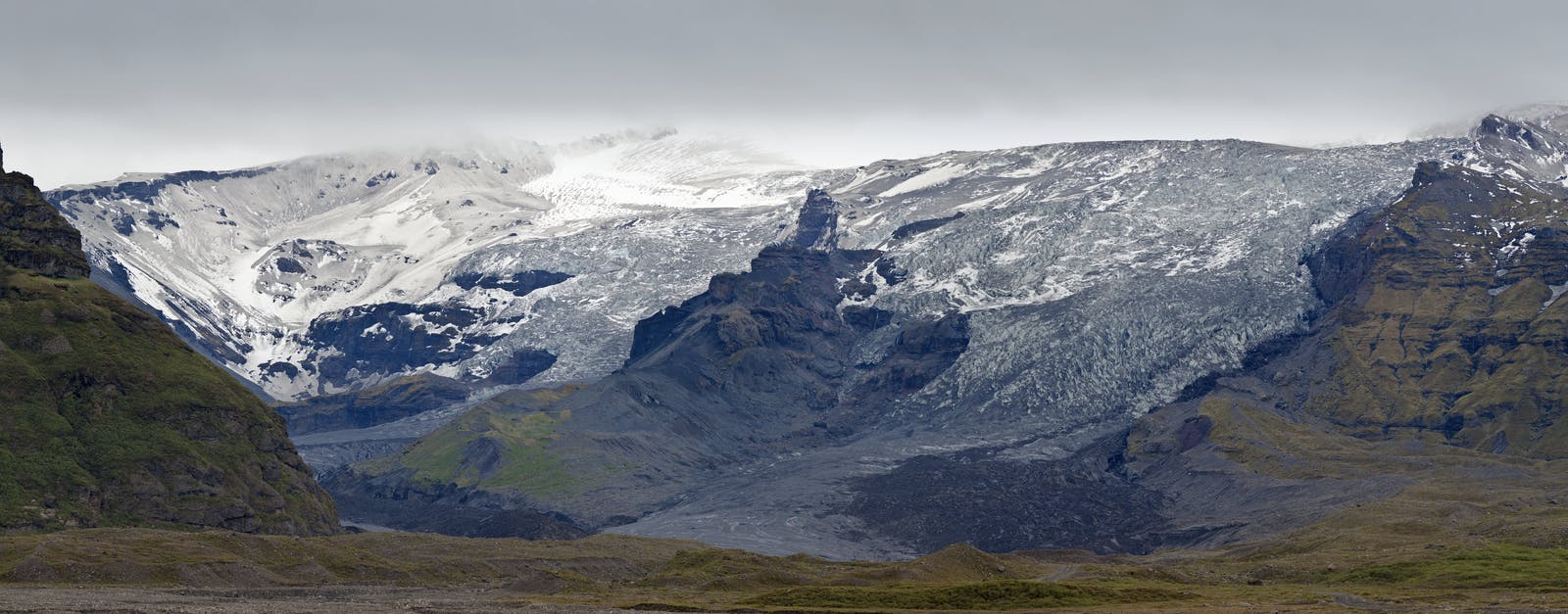
Glaciers move downhill because of gravity. Ice is a viscous material and creeps downhill because of its own weight.
Even if you get up on the glacier and hike, you won’t see the glacier moving as the rate at which it does so is too slow.
However, as the glacier advances over the landscape below, it can flex and form deep cracks in the ice. Because of this, together with potentially bad weather in high altitudes, glaciers can be dangerous places.
For safety reasons, we recommend you refrain from hiking on a glacier without an experienced guide.
What impact do Iceland’s volcanoes have on its glaciers?
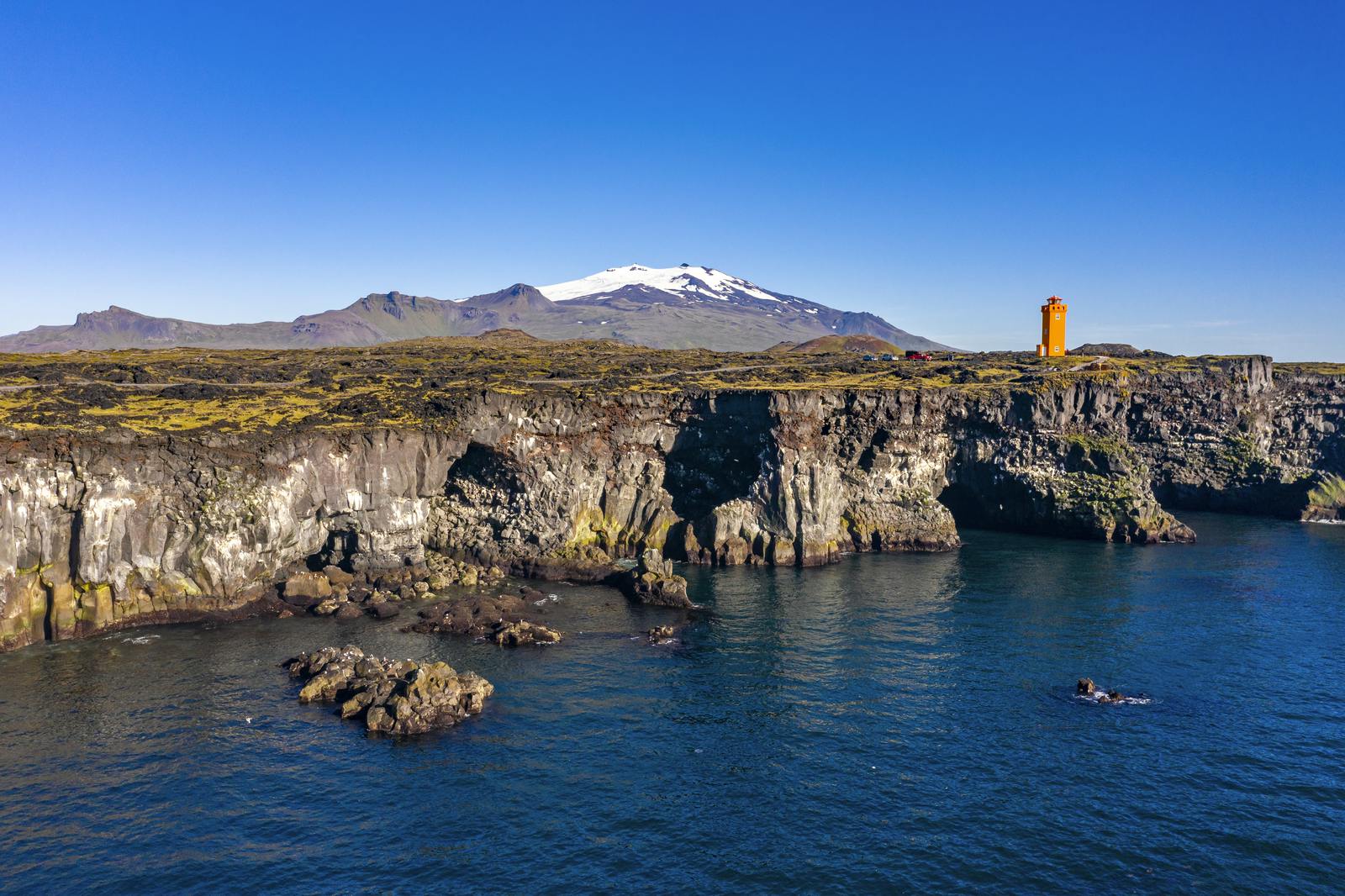
Some of Iceland’s volcanoes are visible from above. An example is Fagradalsfjall, a volcano in Reykjanes Peninsula that erupted spectacularly in 2021 and briefly in 2022 and 2023. Many others, however, are hidden beneath a glacier.
Katla volcano is potentially one of Iceland’s most dangerous volcanoes and it lies beneath Mýrdalsjökull Glacier. In the centuries since Iceland was settled, records show that Katla has erupted at least 20 times. See the history of Katla's eruptions.
Sometimes eruptions like this cause a glacial outburst flood which Icelanders call a jökulhlaup. The heat from the magma is forced up beneath the glacier and melts the. Large volumes of water are released, often suddenly.
Grímsvötn, a volcano that sits beneath Vatnajökull, has also caused such floods to occur.
Are Iceland’s Glaciers Being Affected by Global Warming?
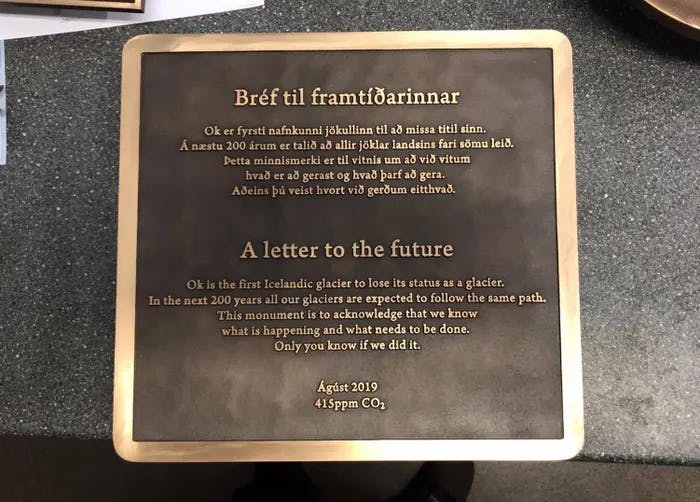
Most of the planet’s glaciers are shrinking due to the rise in global temperatures. Iceland, sadly, has been affected just like everywhere else.
In fact, one of Iceland’s glaciers has already been lost forever. In an attempt to raise awareness of the genuine threat to the country’s glaciers, Okjökull was officially declared dead in 2014.
A few years later, a plaque was installed at the site, designed to be a poignant reminder of this significant event and “A letter to the future”.
The plaque reads:
Ok is the first Icelandic glacier to lose its status as a glacier.
In the next 200 years all our glaciers are expected to follow the same path.
This monument is to acknowledge that we know
what is happening and what needs to be done.
Only you know if we did it.







